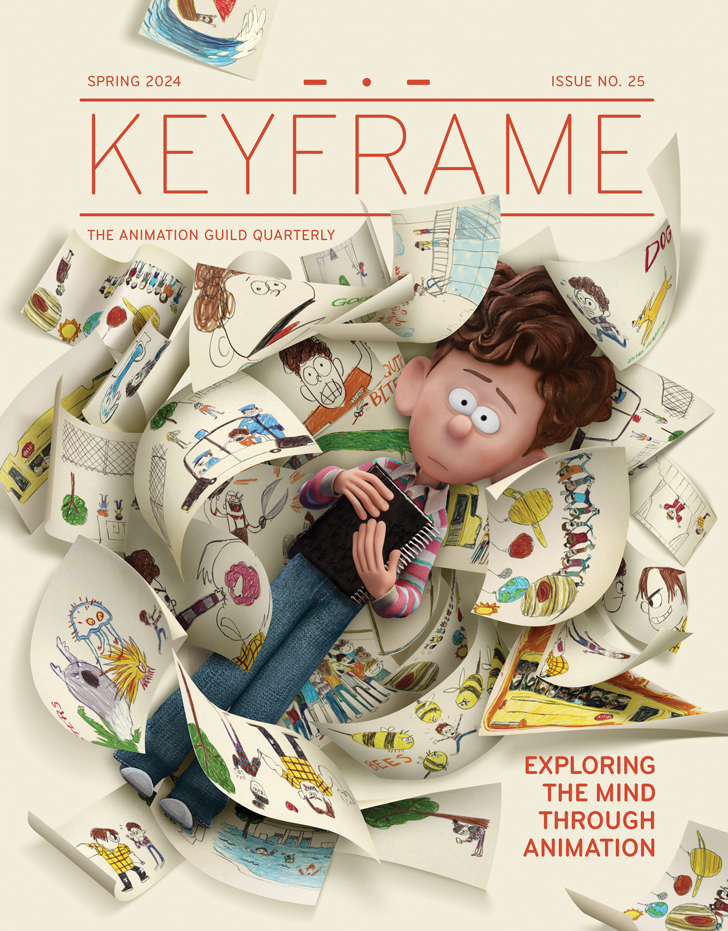It took storyboard artist Natalie Nourigat years to break into animation. As a Portland-based cartoonist, she freelanced as a storyboard artist for commercials, but she was drawn to the idea of working in animation.
“I just thought that it wasn’t possible for me because I didn’t go to an art school,” she says. “I didn’t get the right internship and had no studio experience.” At the age of 27, she decided to give it a try. “I revamped my portfolio [and] my website, took a couple of classes and started storyboarding original short stories to have something to show.”
Unfortunately, not much happened until she got a break from her friend, Madeleine Flores, who asked her to help storyboard an episode of Bee and Puppycat. It was just one episode but studios started taking her more seriously and she began getting interest from recruiters.

When she landed her first job, it was time to move to LA from Oregon. And, though the gig was only for three months, she bought a car and started a lease on a new apartment. “I was told no for years, like no positive reaction to my work whatsoever from animation,” she says. “And it still ended up happening for me.” Today, she’s a story artist at Walt Disney Animation Studios.
“I grew up being interested in animation but not knowing what the careers were, not knowing anybody who worked in animation,” she says. She wished someone had offered her guidance so Nourigat decided to go back to her cartoonist roots and write a guide for other artists, just beginning their careers, logically named— I Moved to LA to Work in Animation (2019, Boom! Studios).
“I wanted to make it easier for people that come after me. So it’s all the stuff that I wish somebody had told me—What careers are out there? How to break in? What’s it going to be like when you get there? Things about LA, things about animation,” she adds.
Plus, it was a visual medium Nourigat felt comfortable with. Her first graphic novel was an autobiography, Between Gears, cataloging her last year of college and she’s come to the genre whenever she’s had something personal to relate. Though, she says, her artistic style has evolved. “It’s kind of a mix between the comics that I used to do and the storyboarding I do now. It’s very fast and rough and loose,” she says.
The amount of text in order to get the information across was one of her biggest challenges, spending five months writing and only two drawing. She structured each page more like an infographic to make the dense text appear less intimidating.
“At Disney, I’ve been pushed to think about what’s beneath the technique, beneath the artwork. What’s the point of this scene? And how can it be more emotional?” she explains. She’s applies the same principles to her personal work.
After asking friends to read the book, she began to see the breadth of experiences in the industry and she wanted to share some of those stories as well. In the last chapter, you’ll find interviews with other artists including Annie Wang, a prop designer on Steven Universe who studied linguistics, and Kelly Perdue, a storyboard artist on Infinity Train who grew up in Detroit.
“The best possible thing that could come out of this [book] is raised awareness,” she says, “and 12 other people going, ‘That’s not exactly my experience, let me make a book about what happened to me.’”







.png)